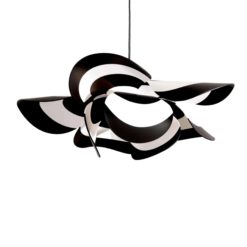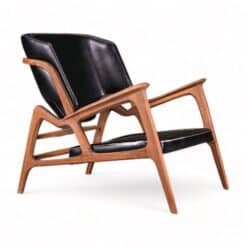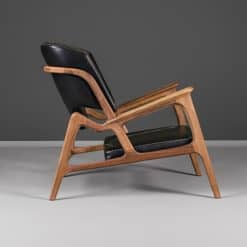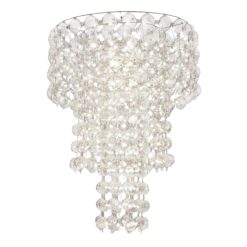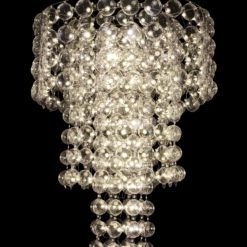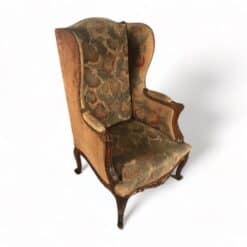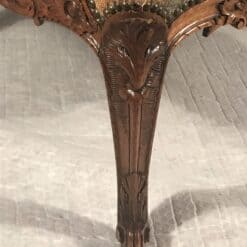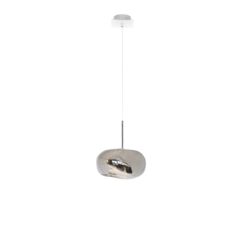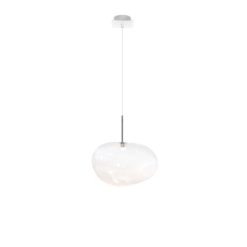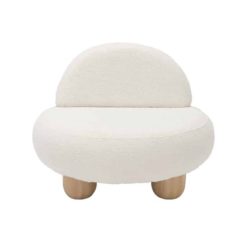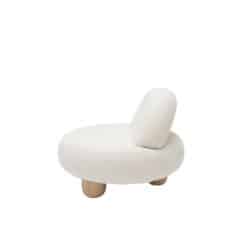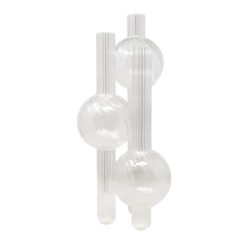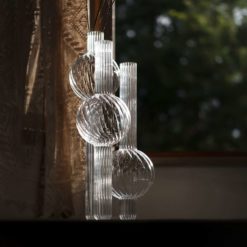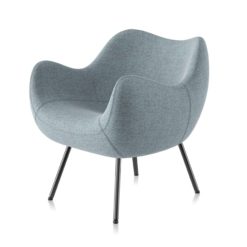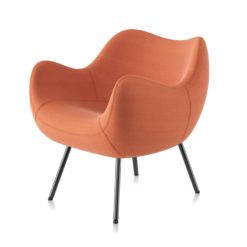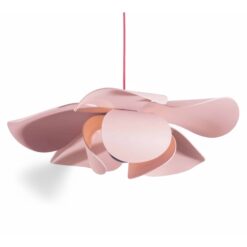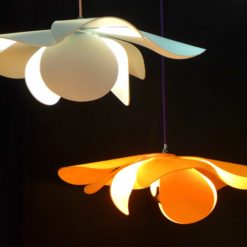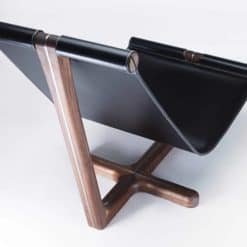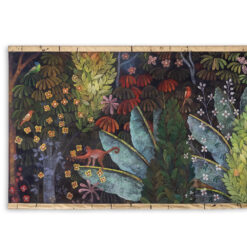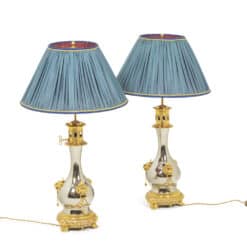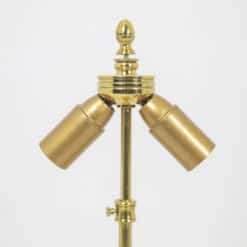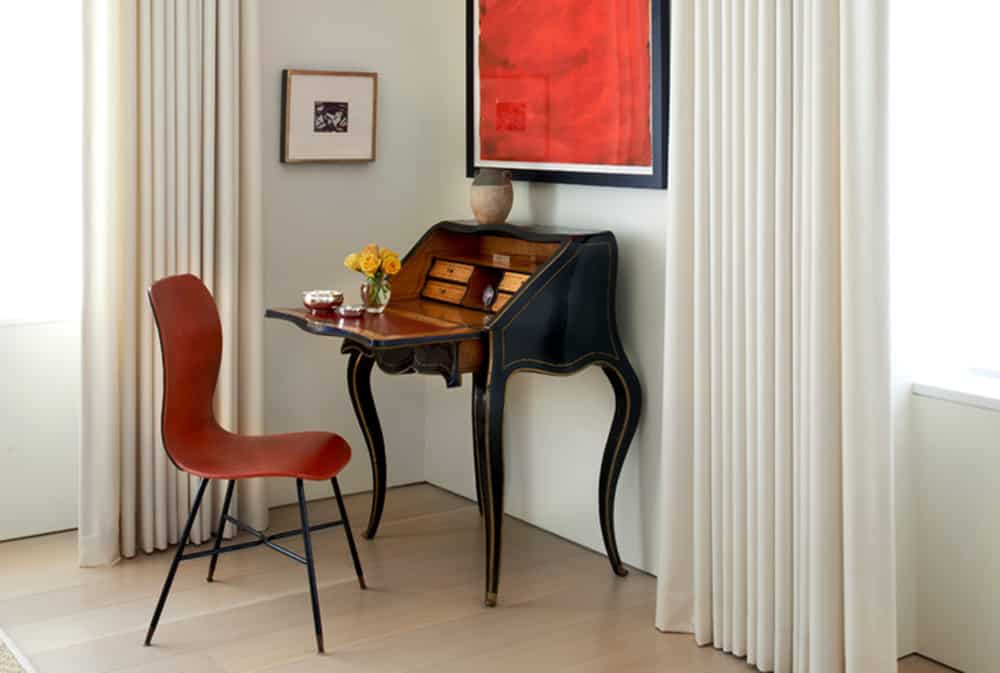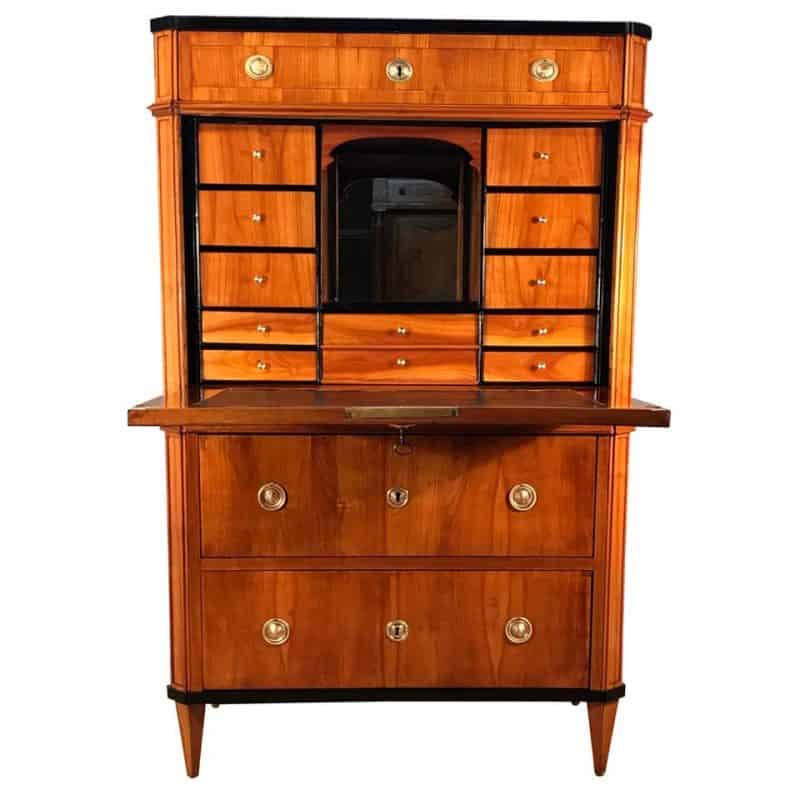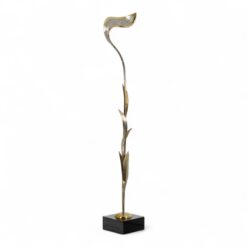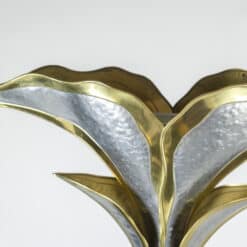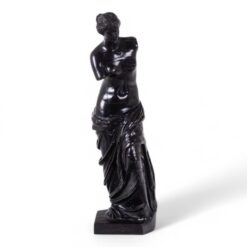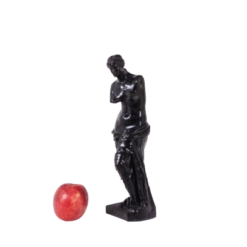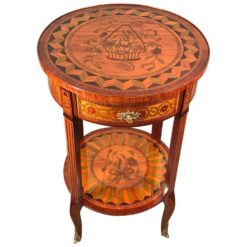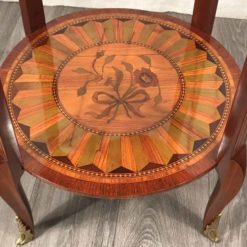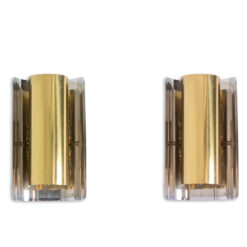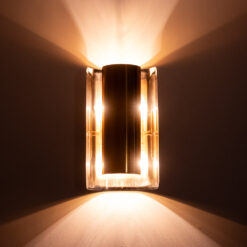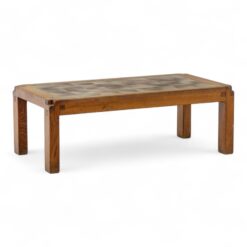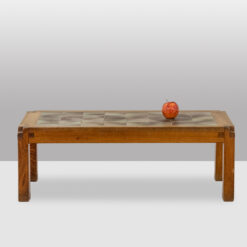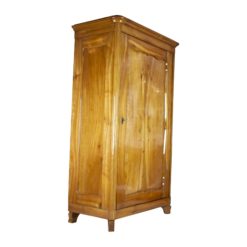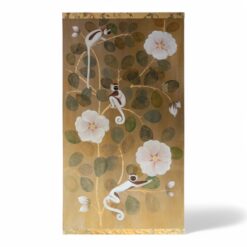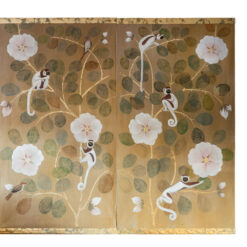Best Sellers
Furniture, Styylish History
The Secretary Desk- Interesting Facts about its History
The ‘secretary desk’ has a long and interesting history. The desk has derived its name from the French term ‘secretaire’ which literally translates to a rectangular desk (the height is greater than the width).
Jean-Francois Oeben – Louis XV’s royal cabinetmaker – is believed to be the creator of the original secretaire desk. Renowned for his ability to create mechanical and marquetry desks, Oeben is also credited with the construction of the ‘secretaire a abattant’ – the first fall-front desk.

Secretary Desks In Europe
In general, an antique secretarial desk contained a number of drawers and open compartments, as well as several secret compartments concealed by a pull-out or drop-down panel.
Over time, secretarial desks evolved to take new and modern forms. Throughout the 19th century, a number of inventive styles developed, which featured elaborate carvings, inlays, along with the use of exotic woods for marquetry. Thomas Chippendale, for example, was one of the famous makers of secretary desks. Chippendale and his son designed complex, detailed pieces for halls and houses across Great Britain.
Secretary Desks for Home Use
There are several types of secretary desks that can be used for home décor, and the Cylinder desk is one such example
The cylinder desk is also called “bureau Kaunitz”, as it was allegedly introduced in France in the first half of the 18th century by Wenzel Anton von Kaunitz, then the ambassador of the Habsburg Empire to the French court. Regardless of the authenticity of its origin, the French court adopted this type of desk with great enthusiasm.
The difficulty of producing wooden cylinder sections which would not warp over the years ensured that such desks were reserved for an aristocratic clientele. A few variants of this form have slats instead of a one-piece cylinder section.

Focus On Functionality
Alongside some of the highly detailed desks were some other secretarial desks that placed emphasis on functionality. For instance, knockdown or ‘campaign’ furniture was designed in a way that made them easy to assemble and dismantle. This way, military officers could easily transport these desks as they moved from battle to battle. These desks were smaller and had less writing surface than their residential counterparts, since they were designed to give the officers plenty of storage space while remaining mobile.
Captain’s Davenport Desk
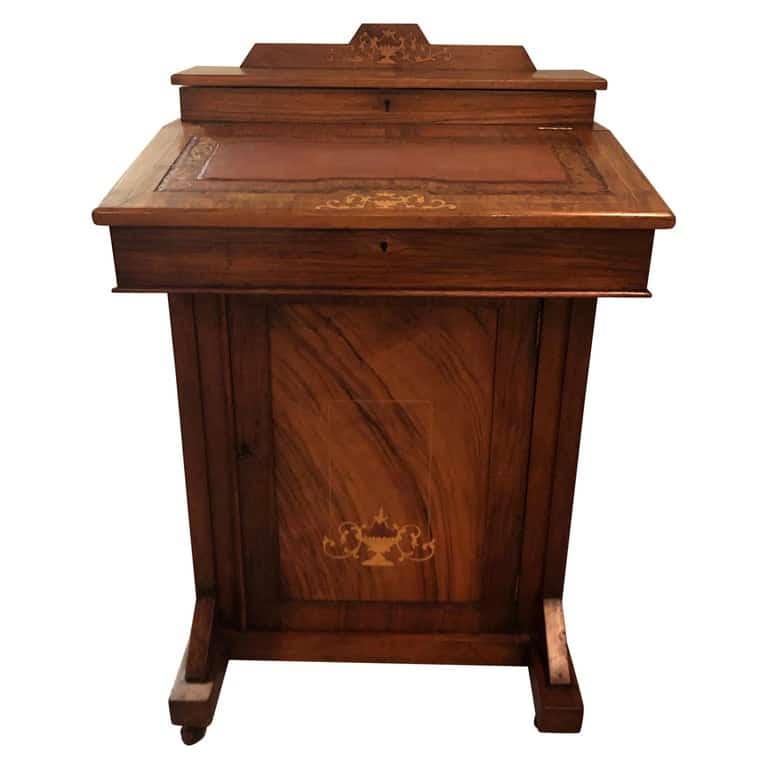
One example of a campaign desk is the Captain’s Davenport Desk. This campaign desk was commissioned for Josiah Davenport in 1790. The designers ensured that there was absolutely no wasted space – the compact desk had eight brass handled side drawers (four on either side), along with a top box that could store pencils, pens, and other stationery supplies. Underneath the hinged desktop were eight interior drawers, which were used to store smaller items. Designed at a smaller scale, this desk was easy to take on a campaign and move from one place to another.
Secretary Desks In The US
In the United States, William Wooton was the most renowned manufacturer of secretary desks. Even though Wooton’s desks were cylindrical or roll-top in shape, they, too, had secret shelves, slots, and drawers, and cubbyholes. They were widely used during the 19th century, popular for their minimalist designs and excellent functionality.
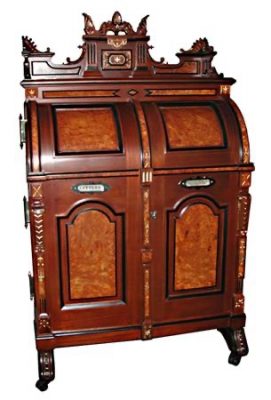
Classic, Timeless Pieces of Furniture
Secretarial desks never went out of fashion; rather, their design and style were continuously modified according to the periods, while the essentials remained intact. There are numerous wonderful examples from the Arts and Crafts, Art Nouveau, Art Deco, and the Victorian Age. During the 20thcentury, secretarial desks were crafted using contemporary finishes and veneers, such as walnut, maple, cherry, and mahogany, in plenty of unique geometrical designs.
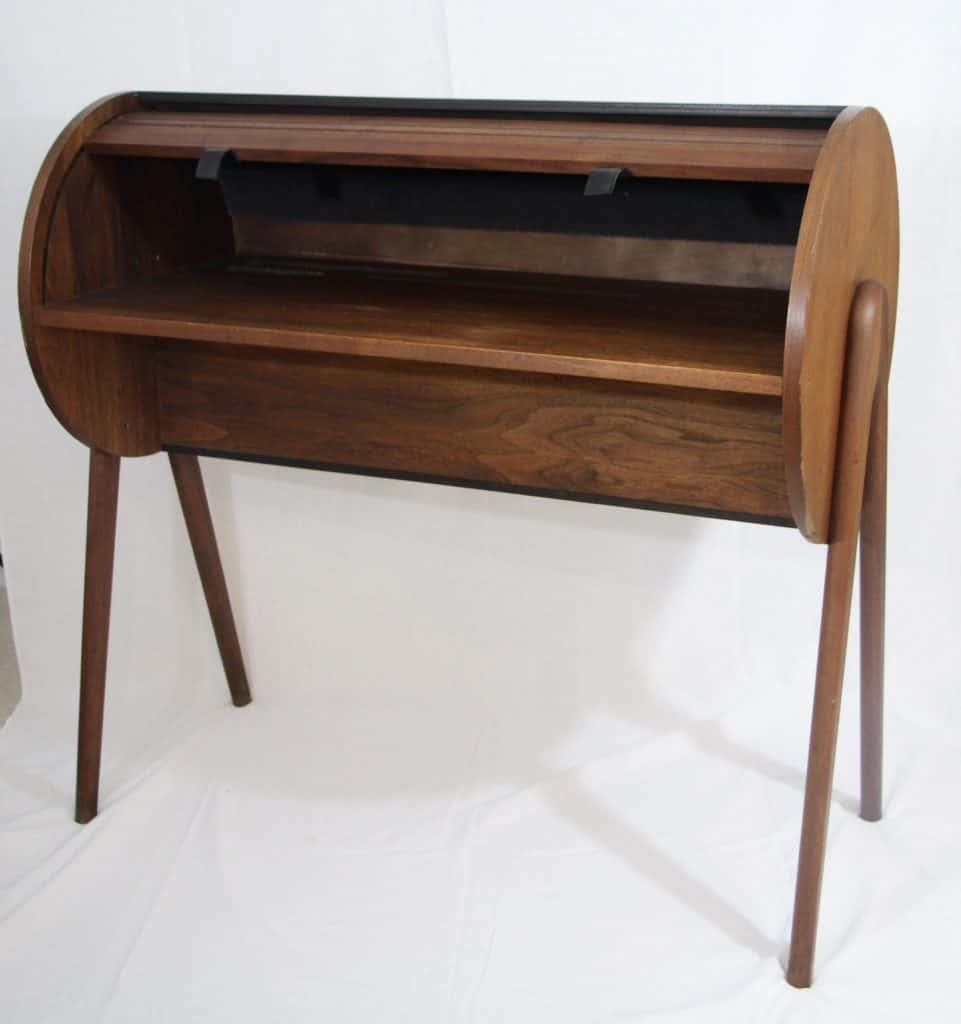
An Empire Drop Front Writing Desk is a classic example of an early 19th century masterpiece. Constructed using pine wood with mahogany veneer, the fall top is framed by two columns with brass capitals and bases. Behind the writing top are two open compartments and two drawers for storing private papers that you want to keep out of sight. The two exterior drawers provide sufficient storage space.
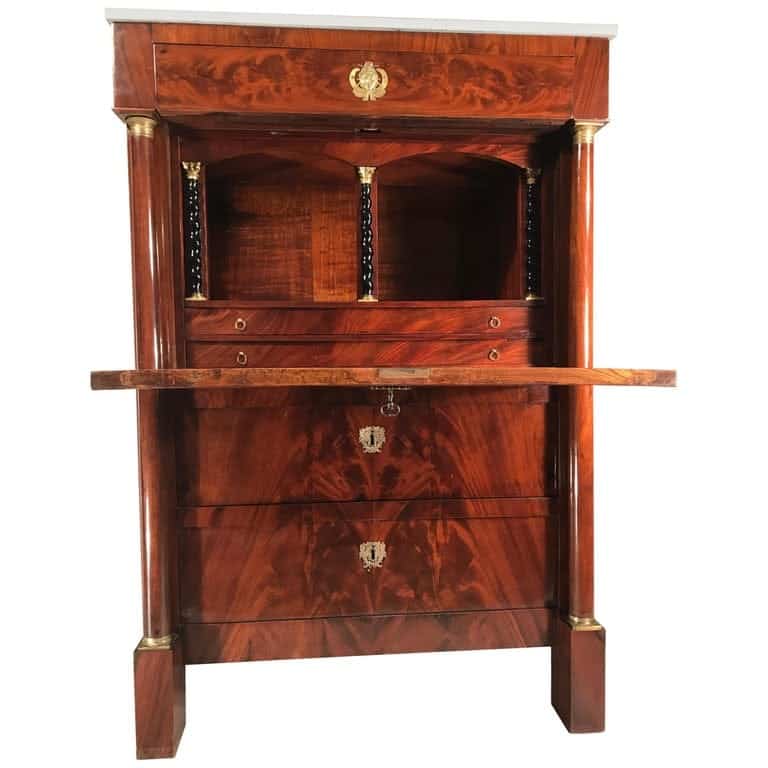
The standout features of antique secretarial desks include the ample amounts of storage in the form of pigeonholes, drawers, and secret storage spaces. The best part is that these desks provided numerous storage options while being well-suited for small rooms or other limited spaces since they took up a very small amount of space.
Conclusion
Over the centuries, secretarial desks have helped people keep their supplies organized and private documents hidden, while also instigating the desire to write and create. Nowadays, antique secretarial desks make popular choices for residences, providing the ideal combination of aesthetics and functionality.
Here on Styylish we offer a wide range of different models of secretary desks. Browse our shop and get inspired!

